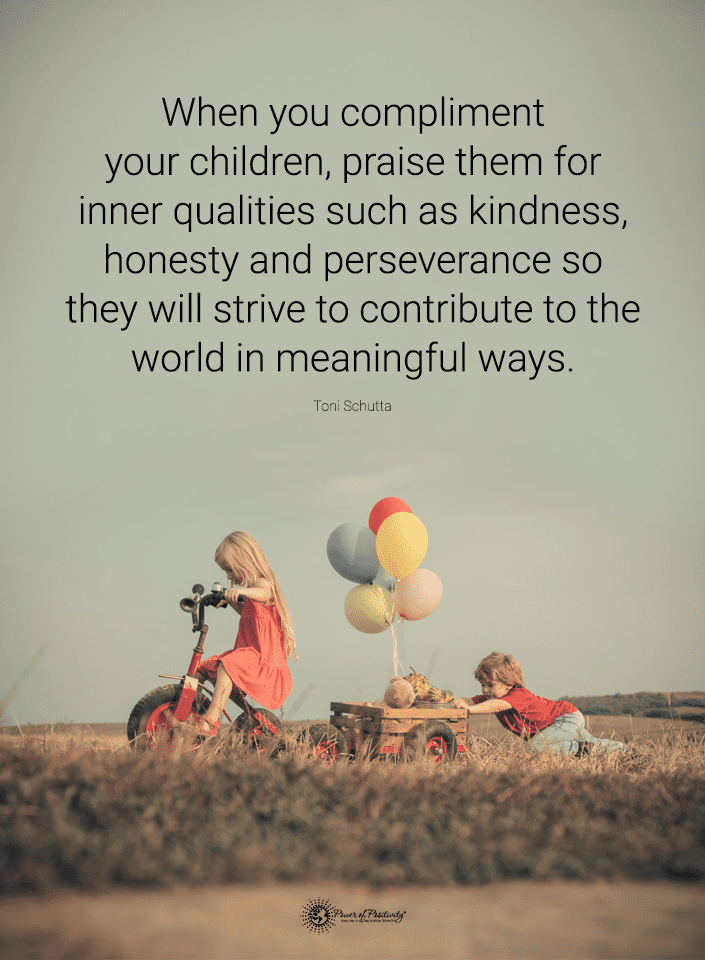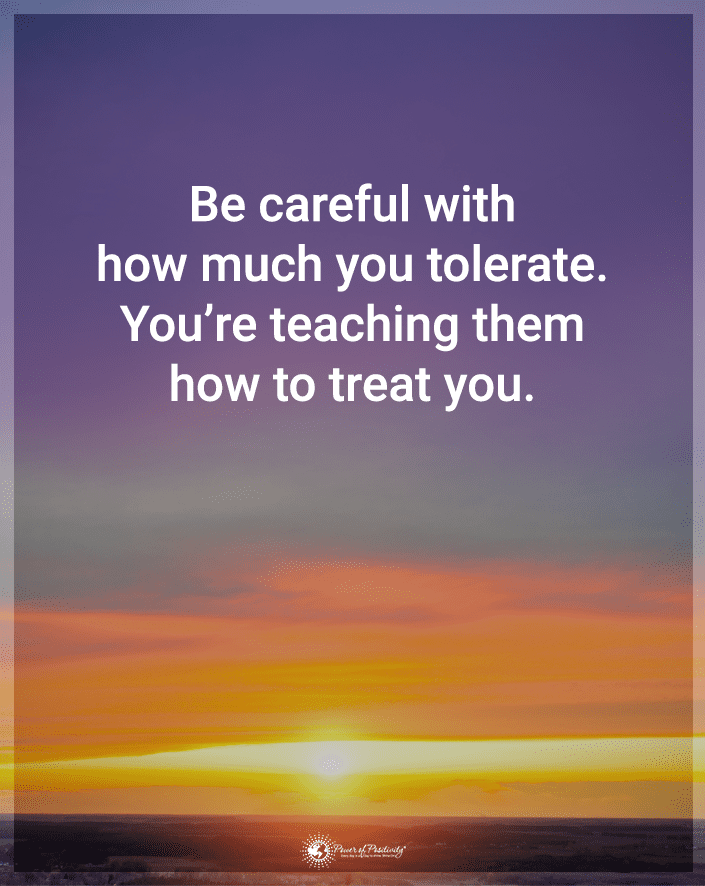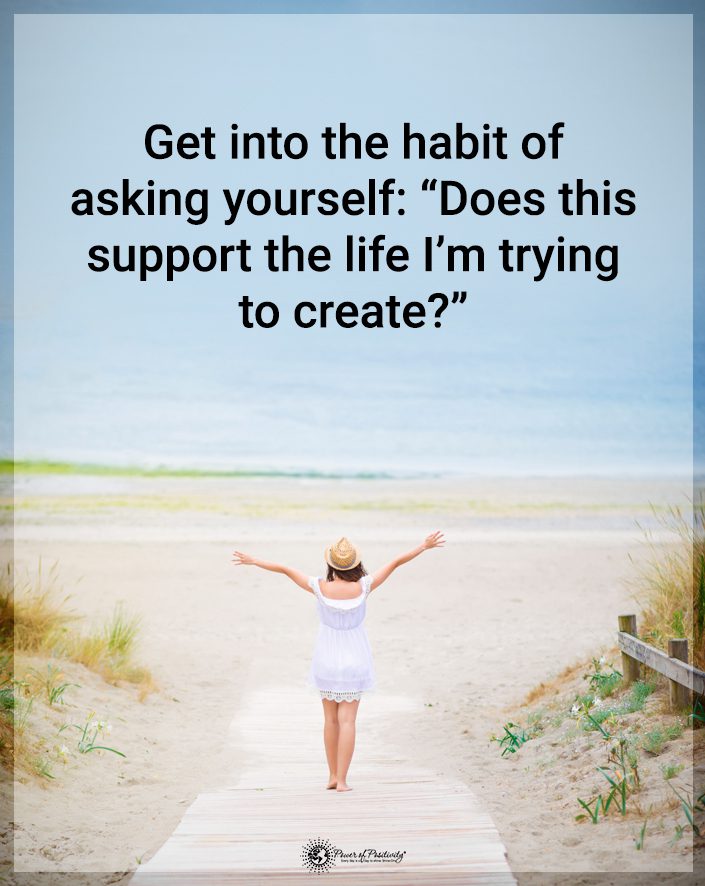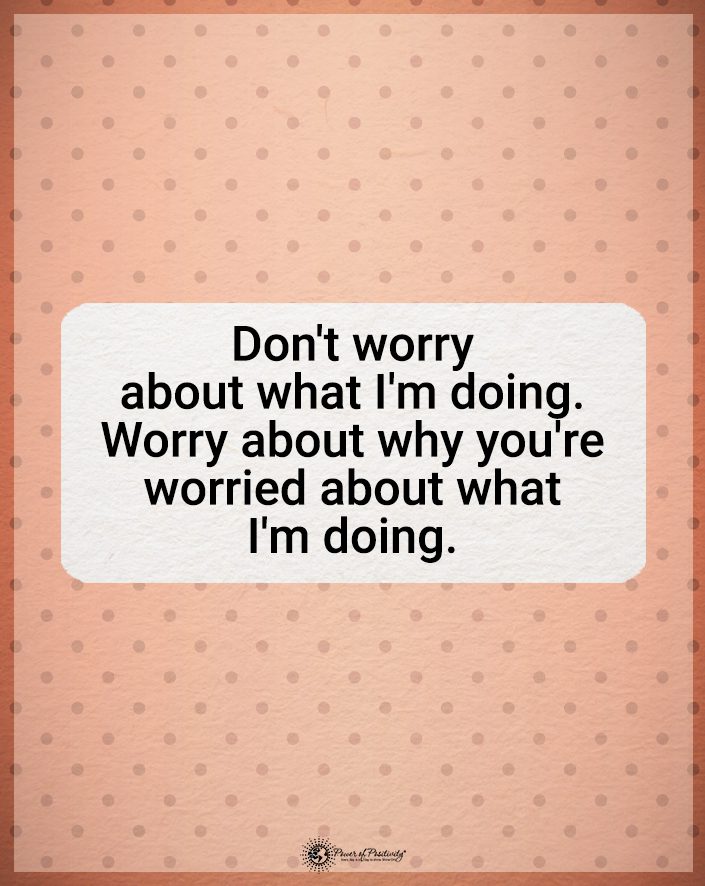Happy couples make things look easy (even when they face challenges).
Happiness with your partner is not just a destination; it’s a daily path. But what keeps this path fresh and exciting? We sprinkle the little habits, shared moments, and sparks of joy throughout our daily lives. Whether couples are flushing with new love or staying their happiest in a long-term relationship, there’s always room to infuse your journey with joy and connection. Keeping that happy connection isn’t about grand gestures or expensive gifts. Instead, it supports habits that build a deeper bond and brighten the flame of happiness.
What Good Habits Can Keep Couples Happy?
Are you ready? Let’s discover these habits that can transform the ordinary into truly extraordinary. Remember that these are only a few ideas—be creative. Come up with some new weekly routines that make you and your partner happy, and then take the time to implement them.

1 – Exploring the World Through Cooking Together
Imagine turning your kitchen into a gateway to the world. How? Once a week, take a culinary leap of faith together and cook a dish from a country you’ve never visited. It could be the spicy tang of a Thai curry or the hearty warmth of a Moroccan tagine. This evening isn’t just about cooking; it’s about discovery, learning, and a shared adventure right in your kitchen.
The thrill of trying something new and the teamwork involved in cooking make this an ideal way to strengthen your bond. Cooking is about more than just flavors and recipes. It’s about the stories behind these dishes, their cultures, and the laughter and memories you create as you fumble through an unfamiliar recipe. Whether it is a gourmet success or a comical flop, it’s a shared experience that enriches your relationship.
2 – Unplugged Walks and Enjoying New Sceneries
In a world where tech can constantly vie for our attention, taking regular unplugged walks together can feel like a breath of fresh air. Dedicate time to exploring new scenery—whether it’s the untrodden path in the nearby park you always wanted to explore or a drive to a quaint village. Leave your phones behind or turn them on silent. Let this walk be about just the two of you, your conversations, and the world around you.
These walks are a form of physical exercise and a journey into each other’s thoughts and feelings. You find a space away from the buzz of technology where you can truly listen, share, and connect. Walking side by side, discovering new sights, you also rediscover each other. In these moments, away from the hustle and bustle of everyday life, you often find the deepest connection and the most meaningful discoveries about each other.
3 – DIY Couples’ Spa Night
Transform your home into an oasis of relaxation with a DIY spa night. Begin by setting the mood: dim the lights, light some softly fragranced candles, and play soothing ambient music. Gather your spa essentials, such as fluffy towels, robes, and face masks. You can opt for store-bought products or make your own masks with natural ingredients like honey, yogurt, or avocado.
Start with a face mask session while you relax and chat. As the masks work their magic, it’s a great time to share thoughts or enjoy each other’s company in peaceful silence. Following this, take turns giving each other massages. You don’t need to be a professional; gently massaging your partner’s back or feet can be incredibly relaxing and a way to show care and affection.
A DIY spa night is not just about relaxation; it’s about intimacy and connection. It’s a time to nurture your skin and your relationship. Taking care of each other in such a nurturing way deepens your bond, brings a lot of laughter, and creates beautiful memories.
4 – Crafting a Relationship Couples’ Vision Board
Creating a vision board is a powerful way to align your shared dreams and goals. It’s a visual representation of where you see yourselves as individuals and as a couple in the future. Gather supplies – a large poster board, magazines, scissors, glue, and markers. Then, spend time discussing your hopes, dreams, and aspirations. What adventures do you want to embark on? What milestones do you wish to achieve? And what does your ideal life together look like?
Cut out images and phrases from magazines representing your shared vision and arrange them on the board. You can include anything from travel destinations to career goals, family plans, or personal growth objectives. This activity is not just about creating a collage of images; it’s a meaningful exercise in understanding each other’s aspirations and how they intertwine with your own.
Once completed, place your vision board somewhere you’ll both see it often. It serves as a daily reminder of the path you’re embarking on together, ensuring that your actions align with your shared vision, and it helps you grow together as a couple, keeping you both connected to your shared dreams and aspirations.
5 – Enrolling in Online Self-Improvement Classes Together
Investing in personal growth is rewarding, but doing it as a couple takes it to a new level. Consider enrolling in online self-improvement classes together. These could range from learning a new language, taking an art class, learning tips to make your life better, or attending a virtual wellness workshop. There are countless options, so choose wisely and tailor them to your interests.
As you learn and grow, you’ll bring new insights and energy into your relationship. Watching your partner develop a new skill or deepen their knowledge is inspiring, and it’s equally motivating for them to see you do the same. The skills you learn from online classes can lead to fascinating discussions, a deeper understanding of each other’s passions, and an appreciation for each other’s dedication to self-improvement.
Moreover, these classes can be a great way to challenge each other and offer support. Celebrating each other’s accomplishments, however small they may be, fosters a sense of teamwork and achievement. By learning together, you enhance your skills and strengthen the foundation of your relationship through shared experiences and mutual growth.
6 – Planning Surprise Outings
Imagine the thrill of waking up to an unexpected adventure planned by your partner. Surprise outings are like a breath of fresh air in any relationship. It could be something as simple as a picnic in an unexplored park, a reservation at a new restaurant, or tickets to a show or concert. The key is the surprise and effort spent planning something your partner will love.
These secret adventures add a layer of excitement and anticipation to your relationship. They show thoughtfulness and the desire to make your partner happy. It’s not just about the outing but the joy and bond of experiencing something new and unexpected together. These surprises keep the relationship dynamic and remind you that no matter how long you’ve been together, there’s always room for fun and spontaneity.
7 – Random Acts of Love
Small gestures can have a big impact on a relationship. Random acts of love are all about those little surprises that show your partner you’re thinking of them. It can be as simple as leaving a love note in their lunch bag, sending a sweet text during the day, or bringing home their favorite treat. These gestures don’t have to be grand or expensive; their value lies in the thought and intention behind them.
Such acts of kindness and thoughtfulness inject a sense of playfulness and affection into your daily lives. They keep the relationship lively and remind your partner they are loved and appreciated in unexpected moments. These seemingly insignificant actions often leave the most lasting and heartfelt impressions.
8 – Memory Lane Evenings
Many couples find it incredibly bonding to revisit the past together. Plan an evening where you look at old photos, watch videos from the early days of your relationship, or revisit places with special memories. It could be the cafe where you had your first date. Or, you might choose the spot where you shared your first kiss. These trips down memory lane are not just nostalgic; they celebrate your journey together.
Reflecting on the many experiences that have shaped your relationship strengthens your bond. It reminds you of the obstacles you’ve overcome and the happy moments you’ve shared. These evenings can be filled with laughter, maybe a few tears, and a deep appreciation for the history you’ve created together. It’s a powerful way to connect, remembering why you fell in love in the first place and rekindling those early feelings of affection.
9 – Plan Cozy At-Home Movie Nights
In the fast-paced whirl of daily life, sometimes the best way to reconnect is to slow down and savor the simple things. What better way to do this than to plan a cozy movie night at home? It’s a time-honored classic: pick a movie or a series that both of you have been eager to watch, grab your favorite snacks, and cuddle up under a blanket on the couch. The key here is comfort and connection.
These movie nights are about more than just watching a film; they’re an opportunity to relax together, share laughs or tears (depending on the movie!), and enjoy each other’s company in a peaceful, familiar environment. These quiet, cozy moments can be incredibly bonding, offering a refuge from the outside world and a chance to unwind in each other’s arms.
10 – Doing a Couples’ Hobby or Project
Completing a shared hobby or a project together is like setting out on an adventure of creativity and collaboration. Whether you both enjoy gardening, painting, building a piece of furniture, or learning a musical instrument together, shared hobbies provide a unique way for couples to connect and grow with each other. These activities require teamwork, communication, and patience, vital components of a strong relationship.
The joy in these activities lies in the process—the learning, the mistakes, the triumphs, and the laughs along the way. Completing a project or spending time doing a hobby brings a sense of accomplishment and pride in teamwork. It’s about the time spent together, the shared goals and the satisfaction of seeing your joint efforts come to fruition.

Final Thoughts on the Habits of Happy Couples
The heart of a joyful and lasting relationship lies in the unique, engaging activities that couples share. The key is that couples should each discover which new routines or habits work best for them.
The true beauty lies in exploring and discovering what brings joy to your relationship. So, take these ideas as starting points, experiment with them, and find special ways to deepen your connection. Here’s to the journey of happiness and love you create, one experience with your partner at a time.


















